Amine El Assouri, Stalks
In the age of Big Data and disruptive technologies, higher education is reinventing itself to meet the needs of a society driven by performance and innovation. Data will redefine continuing education as the new must-have priority for higher education institutions, and the intelligent exploitation of data will give rise to a tailor-made pedagogical approach, propelling students and professionals towards excellence and sustainable success.
Why continuing education?
Continuing education represents a major global challenge, promoting economic competitiveness, employability and social inclusion. It keeps companies up to date with the rapid evolution of their industries. By offering employees the opportunity to acquire new skills throughout their careers, it promotes employability and professional advancement. In addition, continuing training stimulates innovation and research by providing the knowledge needed to explore new ideas and develop advanced technologies. In short, continuing training plays a key role in building a competitive and sustainable future on a global scale.
However, the goal remains the same:
- Contribute to the company’s performance and productivity;
- Achieve effective data management in the transition from traditional to professional teaching methods.
- Improve employee employability
- Maintain competitiveness
- Reduce inequalities
- Adapt to change
- Personalize training
- Minimize costs by centralizing training programs, so that they can be upgraded to vocational training.
The benefits for schools
Continuing education offers a valuable opportunity for higher education. It is a major challenge for schools. Offering training courses on a continuous basis will enable :
– Diversification of revenues: by offering continuing education, schools can offer themselves an additional source of income.
– Enhanced reputation and visibility: By offering high-quality continuing education programs, schools gain a higher profile. This can attract new students and strengthen ties with alumni and industry partners.
– Developing relationships with companies: Continuing education offers schools the opportunity to develop close relationships with companies and organizations. This can lead to research partnerships, work placement opportunities and a better understanding of employers’ needs.
– An open door to the real, day-to-day needs of the business world: Offering continuing education courses brings the business world into regular contact with the curriculum.
How should higher education go about it?
Schools can adopt a variety of operational strategies to deliver effective continuing education. They can build on their existing programs to adapt to learners’ needs, offering staggered timetables, online training or part-time options. In addition, they need to keep abreast of changes in the job market and skills requirements, by collaborating with experts and partner companies. Schools can also use innovative technologies, such as e-learning platforms, to facilitate distance access to training courses.
Indeed, disruption to the school calendar is probably the biggest challenge for schools with regard to continuing education, as it requires teachers and administrative staff to dedicate themselves to training activities outside of school hours.
Finally, the most important point for the school, in order to offer continuing education, is to rely on existing pedagogical programs, in order to facilitate the implementation of the project and, of course, reduce costs.
Data as a gas pedal?
The judicious exploitation of data represents a transformative opportunity within schools of higher education, particularly in the field of continuing education. By analyzing data generated by learner interactions, past performance and industry trends, institutions can gain valuable insights to optimize their internal processes. What’s more, data analysis can help improve operational efficiency by optimizing resource management, forecasting course demand and adjusting timetables according to learners’ preferences. This strategic use of data paves the way for better institutional decision-making and a more fluid, personalized lifelong learning experience for adults seeking professional development in higher education.
What’s more, global data analysis can be used to better target training courses for specific populations, enabling us to offer a certain type of population personalized training in line with their aspirations.
Finally
Continuing education is a major asset for schools, and an investment in the future of those who take advantage of it. It benefits individuals, employers, schools and society as a whole, and data will contribute to its improvement.
In short, the use of data in continuing education optimizes training investments, enhances employee skills and improves the overall performance of the organization, and consequently, the offering. Continuing education, powered by data, is crucial for a competitive and sustainable future on a global scale.



